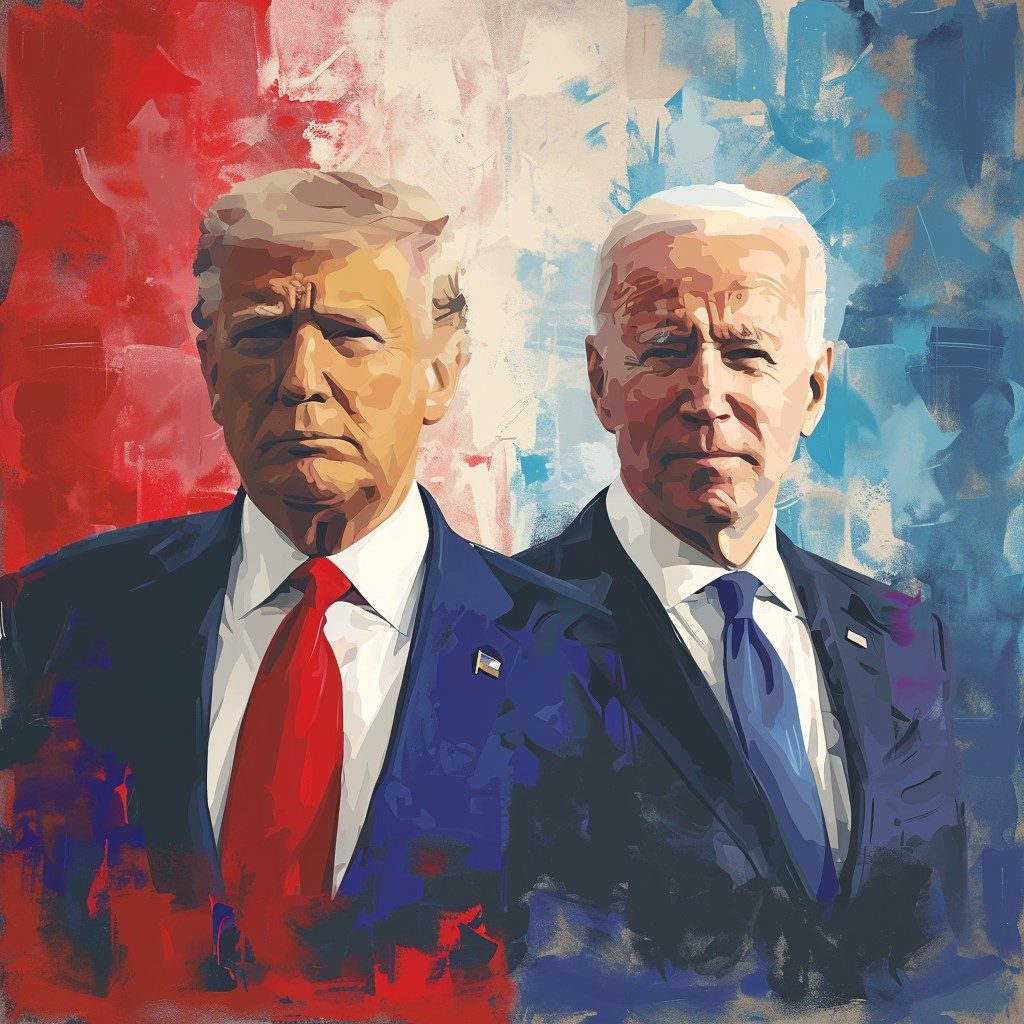Brussels, DATE – The European Union is raising the bar for crypto asset service providers, with new shareholder vetting rules proposed as a part of the Markets in Crypto Assets regulation (MiCA). This unified framework seeks to harmonize crypto activities across its 27 member states, ensuring integrity, transparency, and regulatory compliance in the rapidly expanding digital currency sector.
Setting the stage with MiCA’s regulatory framework
MiCA, poised for implementation in December 2024, stands out as a landmark legislation in the evolving global cryptocurrency landscape. Its reach extends to crypto assets that are hitherto untouched by existing EU financial norms. Through MiCA, the EU is attempting to build an all-encompassing framework for various stakeholders in the crypto universe, be it issuers, service providers, or everyday users.
At its core, the legislation revolves around pivotal domains such as authorizations, rigorous supervision, unwavering consumer protection, market integrity, and maintaining financial equilibrium. MiCA’s overarching aim? To ensure crypto entities operate in a manner that neither compromises the robustness of the financial system nor jeopardizes public welfare.
Drilling down on ownership and governance standards
Recent consultations by the European Banking Authority (EBA) and the European Securities and Markets Authority (ESMA) have shed light on the nitty-gritty of what crypto asset service providers need to adhere to. The requirements emphasize responsible ownership and governance.
For shareholders boasting a qualifying stake (those who possess more than 10% of either capital or voting rights), the fit and proper criteria become crucial. Such stakeholders must not be tainted by past convictions, especially those linked to grave concerns like money laundering, terrorist financing, or any other infractions that can cast shadows on their reputability.
It’s not just shareholders who are under the microscope. Board members of crypto entities also face rigorous standards. These individuals must be deemed fit and proper, equipped with an impressive arsenal of knowledge, prowess, and experience that resonates with their roles. But it’s not just about qualifications; ethical considerations are paramount. Board members should embody values of honesty, and integrity, and display an unflinching commitment to independent decision-making.
EU regulators: Operational excellence and regulatory oversight
Delving deeper into the operational side, crypto service providers can’t afford to be lax. The regulations mandate the setting up of robust internal control systems. This spans across various facets, from risk management structures and compliance protocols to dedicated audit functions and judicious remuneration policies.
Moreover, transparency is the name of the game. These providers will be obligated to put their cards on the table, detailing their crypto holdings. In addition, they need to demarcate their business avenues in line with MiCA’s predefined categories, ensuring clarity for both regulators and consumers.
EU regulators aren’t merely playing the role of rule-setters; they are vigilant watchdogs. If crypto entities falter in their obligations, regulatory bodies have the teeth to act decisively. From suspending or revoking authorizations to imposing stringent sanctions or administrative actions, the regulators have a plethora of tools at their disposal to ensure compliance.
Conclusion
The EU’s MiCA law is an ambitious stride in bringing order to the Wild West of cryptocurrencies. By setting stringent criteria for stakeholders, demanding operational excellence, and ensuring robust regulatory oversight, the EU is aiming to sculpt a crypto ecosystem that’s both thriving and trustworthy. As the December 2024 implementation date inches closer, crypto asset service providers would do well to align with these norms, ensuring a smoother transition into a more regulated digital future.






